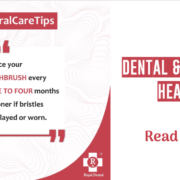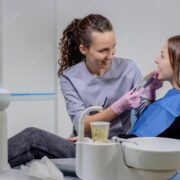Dental plaque is a biofilm that accumulates on your teeth and gums. In most cases, it’s harmless. But when left untreated for a long time, it can cause serious problems such as tooth decay and gum disease. The good news is that there are several ways to get rid of dental plaque and prevent its re-growth. Let’s take a look at the causes of dental plaque, what effects it has on your oral health and how you can reduce its re-appearance.
What is dental plaque?
Plaque is formed when bacteria, food particles, and saliva combine on your teeth. It’s a biofilm that’s made up of minerals and proteins. It can also contain traces of blood if you have an inflammation of the gums. Plaque is perfectly normal and harmless when it’s removed on a regular basis. But if it’s not taken care of, the situation can quickly escalate. Plaque can harden over time, forming tartar.
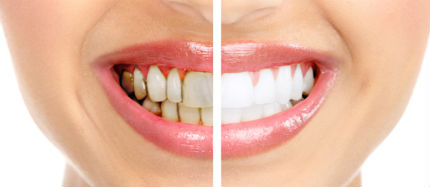
This mineral deposit is more difficult to remove, and if it’s left on the teeth, it can cause serious health problems. Plaque can cause inflammation in your gums, as well as tooth decay and bad breath. When left untreated, it can lead to cavities and gum disease, which may require surgery.
How does plaque cause gum problems?
Plaque starts out as a slimy film on your teeth. It’s made up of bacteria, food particles, and saliva. This film is harmless when you clean and floss your teeth regularly. But if you let it sit and accumulate, it can harden into tartar. This substance is incredibly difficult to remove and can be very harmful to your teeth.
If plaque isn’t removed from your teeth, it can cause all sorts of problems. It can lead to cavities, gum disease, and bad breath. If the bacteria from the plaque enter your bloodstream, it can also cause heart disease and stroke. Prevention is always better than cure. Once you’ve removed the plaque from your teeth, you need to keep it away.
Ways to prevent the re-growth of dental plaque
Brush your teeth twice daily. Use a soft-bristled toothbrush and toothpaste to clean all areas of your teeth. Make sure you brush your gums and the insides of your teeth.
Floss daily. It’s important to clean in between your teeth to remove plaque that your brush can’t get to. Studies show that flossing before brushing teeth removes more plaque.
Use mouthwash. Gargling with a mouthwash containing fluoride can clean your teeth and kill bacteria that cause plaque.
Visit the dentist regularly. Your dentist will be able to tell you if you have any areas of plaque building up that you can’t see.
Natural remedies to get rid of dental plaque
Baking Soda – Baking soda is a natural abrasive that can help scrub away plaque buildup on your teeth. Make sure to only use a small amount to avoid damaging your teeth.
Honey – Honey is an antibacterial, antifungal, and antiseptic that can help get rid of plaque and bad breath. Make sure to use raw and natural honey to get the most out of it.
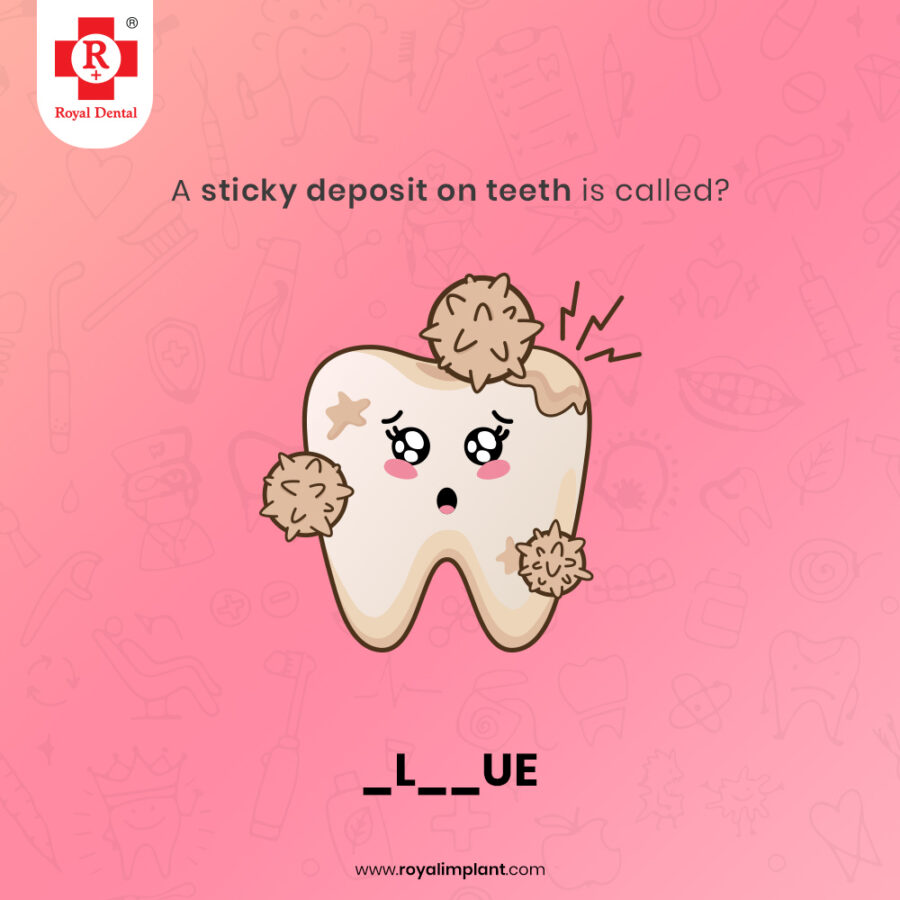
Orange Peels – Orange peels are another great natural abrasive that you can use to get rid of plaque. They are easy to find and can be a great substitute for regular toothpaste.
Coconut Oil – Coconut oil is rich in antibacterial and anti-inflammatory properties that can help fight plaque and bad breath. You can apply coconut oil directly to your teeth and brush it off after a minute or two.
Chemical solutions to get rid of plaque
Mouthwash: As mentioned above, this can be helpful.
Toothpaste: You can find some that contain ingredients like baking soda and essential oils.
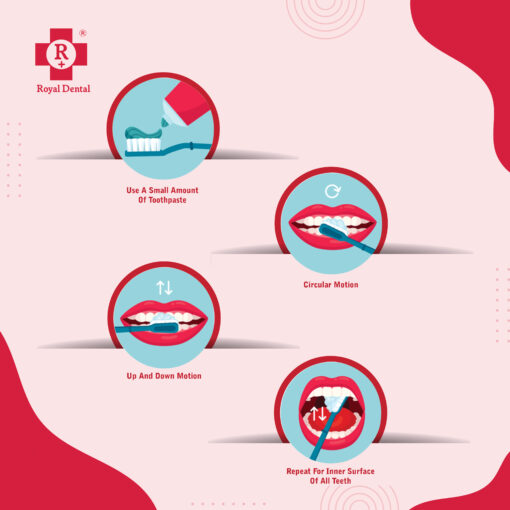
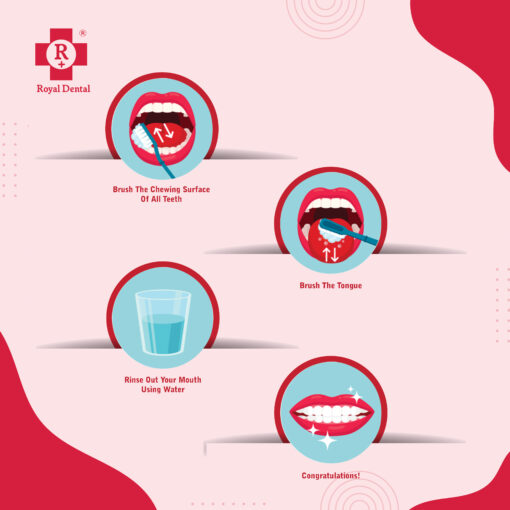
Mouth Scaling: Your dentist can use a tool to scrape off the plaque on your teeth.
Tooth Whitening: This is the most common teeth whitening method. It’s a procedure that uses a special gel to bleach your teeth.
How can I remove dental plaque at home?
The best way to remove the build-up of plaque and tartar on your teeth is by brushing twice a day with fluoride toothpaste. Daily flossing and using an antiseptic mouthwash will help to keep bacteria at bay in hard-to-reach areas. Regular brushing and flossing will certainly help, but only a dental professional can remove plaque from all surfaces of your teeth. It might be tempting to try and get rid of plaque yourself, but that can cause more harm than good.
Conventional ways to remove dental plaque
Electric Toothbrush – An electric toothbrush is a better choice for plaque removal than a manual toothbrush. It has a faster speed and is able to reach areas of your mouth that a manual toothbrush isn’t able to.
Flossing – Flossing is one of the most effective ways to remove plaque from between teeth. Make sure to floss as soon as you finish eating.
Professional Cleaning – Cleanings from your dentist are very effective at removing plaque and tartar from your teeth. You should try to make it to the dentist every six months for a cleaning.
Conclusions
Dental plaque is a biofilm that accumulates on your teeth and gums. It’s a normal part of everyday life, but if it’s not taken care of, it can lead to serious problems. The best way to prevent and reduce dental plaque is to brush and floss regularly. You can use mouthwash and even mouth scrubs to further reduce plaque. If the problem persists, you can use chemical solutions such as toothpaste and mouthwash to get rid of the plaque.


